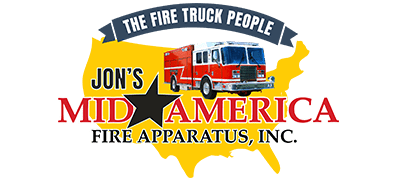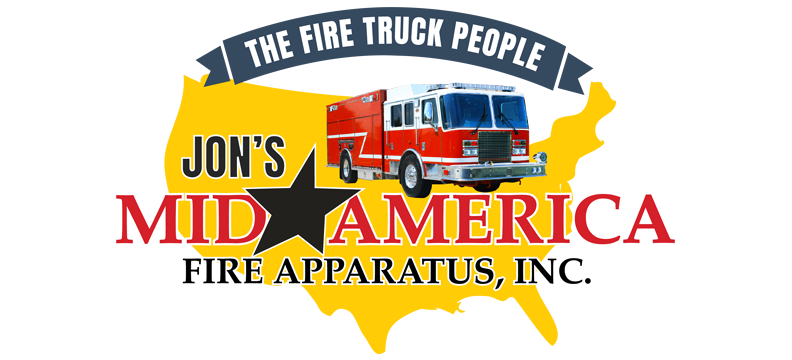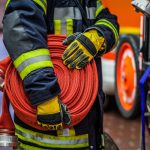Having the right foam systems for your fire apparatus is essential to your department’s ability to do its job in protecting your community.
Whether you’re upgrading an existing apparatus or deciding on specifications for a new fire truck, it is important to understand the different foam systems for fire fighting.
To help you out, Jon’s Mid America can highlight some important things to keep in mind when you’re selecting a foam system for your apparatus.
Why Is a Foam System Important?
Foam is a valuable firefighting tool that can assist in putting out dangerous fires. It can help in situations where water alone is not enough.
To use foam, your department’s fire apparatus needs to be equipped with a foam system. And different systems work with different foams.
Class A vs Class B Foam
There are two main types of foam, Class A foam, and Class B foam.
Class A foam is used for fires burning on structures made of wood or forest fires burning on brush. Class A foam assists firefighters in extinguishing fires on these materials and is typically not considered harmful to the environment.
Class B foam is used on fires burning on chemicals like alcohol, gasoline, oil, or other potentially flammable liquids. Class B foam typically requires a special clean-up after use.
Factors to Consider When Choosing a Foam System
Several factors are important to think about when choosing a new foam system for your fire apparatus.
Types of Hazards You’re Responding To
- Are your main response areas residential, commercial, industrial, manufacturing, or agricultural?
- Will you potentially have to respond to extremely large fires?
- What types of fires will you encounter? You will need different foam for wildland versus municipal fires, and Class A versus Class B foams.
Characteristics of the Foam You’re Using
- What is the viscosity of the concentrate used to produce the foam? Different foam systems may be compatible with different viscosities.
- What is the flow rate of your foam? Your system may be optimized for low or high flow, or it may be able to adjust depending on your needs when responding to a particular hazard.
- What percentage of foam do you need? Some foam systems are designed for a specific percentage while others will let you adjust.
Foam System Features
- Portable or vehicle-mounted. Portable systems may be smaller and include handhelds, and they may be used on different apparatus.
- Foam injection method. How will your concentrate be combined with water for discharge?
- Number, size, and types of foam tanks you need. If your department responds to multiple types of hazards, you may need different types of foam and foam systems of varying sizes and capabilities.
- Electronic features are available. There are foam systems available that will let you adjust the settings. If you have more than one tank, you may be able to program them separately. This can be especially useful if your department must respond to a wider variety of calls.
Related Post: Jon’s Mid-America Fire Truck Repair Shop
Jon’s Mid America Can Help You Choose
Do you have questions about selecting the right foam systems for your apparatus? Our experts can answer all of your questions and find the right solution for you. Visit our website or give us a call at (417) 887-0534.


